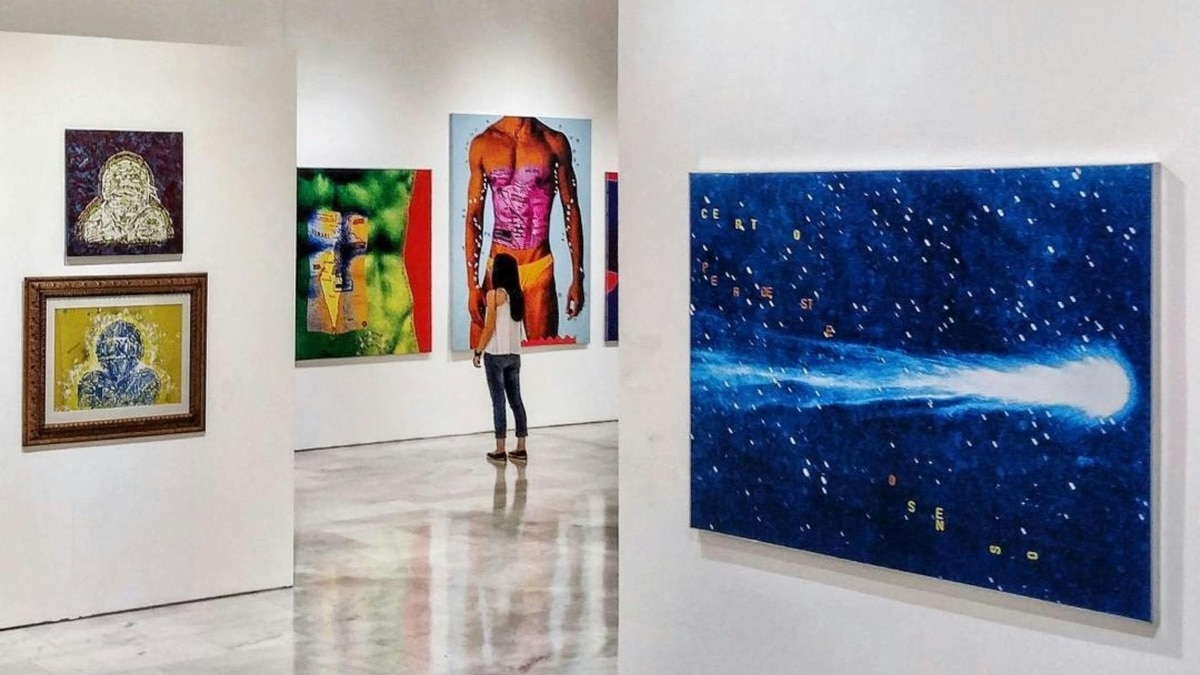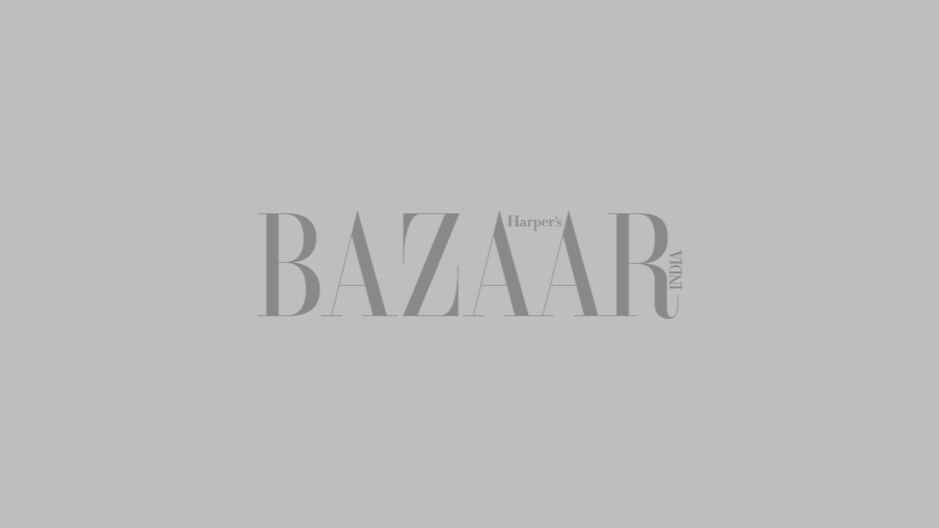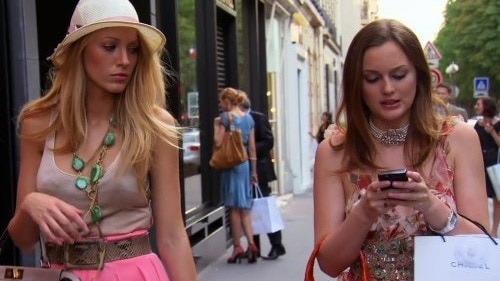Costume designer Holly Waddington on the fashion in 'Poor Things'
The designer breaks down the complex, campy fashion of the film, while discussing actor Emma Stone's willingness and ease to participate in the process.


I'm really at a loss for how to describe Poor Things. In the newest film from Yorgos Lanthimos (Oscar nominees The Favourite and The Lobster), Emma Stone stars as Bella Baxter, a woman in Victorian London whose body has been brought back to life and implanted with the brain of a fetus—and somehow, that’s the most tame and believable aspect of the film. For reasons I’ll let you discover on your own, Bella embarks on a strange, erotic journey around the globe that brings her from Portugal to Egypt, and beyond. It’s part steampunk romance, part twisted black-comedy coming-of-age fantasy, and something you definitely don’t want to watch with your parents in the room. But if you love movies, you’ll love every minute of this intense, emotional, and hilarious romp.
And of course—the clothes! We spoke with Poor Things' costume designer Holly Waddington to learn more about how she arrived at the film’s unique look—and what it was like to collaborate with the one-and-only Emma Stone on this once-in-a-lifetime character.
Harper's Bazaar: 'Poor Things' looks like almost nothing that’s come before it. How would you describe the costumes of this film?
Holly Waddington: I think it’s a subtle shift from the late 19th century. I was liberated by Yorgos to reference different periods of time, so there are a few nods to some different fashion moments. The little white boots Bella wears are from André Courrèges’s 1960’s space-age stuff. There was also some stuff that was from Schiaparelli in the 1930s. It was a very vivid palette and I feel like I was able to transpose the richness of the late 19th century with some freshness.
HB: The clothes sometimes are pretty unusual. There’s a scene in Lisbon when, after a siesta, we see Bella venture through the city on her own, wearing a sort of blazer, some silk knickers, and not much else.
HW: When I was thinking about how I would approach Bella, I looked at my own children. I spend a lot of time with children in my life, and when they’re very tiny, they very quickly start to unravel—they end up with things missing, and have this kind of innate will to be naked. I liked the idea that Mrs Prim would get Bella ready in the mornings in a ladylike skirt and bodice, but by 10 am, the skirt would be gone.
HB: So it goes to that dynamic of Bella having a baby’s brain in a woman’s body.
HW: For me, my worst nightmare would be walking down the street buttoned from the waist up but with nothing from the waist down. It’s a nightmare for grown-ups, but for this character in Lisbon after a siesta, it felt right. There are certain moments where Bella is dressing herself, and it’s like a five-year-old dressing herself from her mother’s wardrobe. It’s this discordance, but it’s playful.
HB: This film also makes a serious case for bringing back the leg-of-mutton sleeve.
HW: Bella is in those all the time, or she’s totally sleeveless. Yorgos was really open-minded to anything I would have come up with, and I presented him with a lot of ideas and options from the late 19th century, and he kept going towards these enormous sleeves. He and Emma were both pushing for it in meetings. I love them, and what they do to the body. It pushes forward this sense of otherness—these highly textured fabrics that are quite creaturelike.
HB: Maybe this film will spark a leg-of-mutton sleeve trend?
HW: I hope so! Big sleeves are definitely worth wearing. They’re very empowering. Whenever sleeves have been big for women—the Elizabethan period, the 1940s, the 1980s—women have generally been in a good place. I’m so glad we went for them. Let’s say we had gone for an 1880s skinny sleeve—that would have put all the interest on the skirts and the bottoms, and it would have felt totally different.
HB: Bella’s clothes also look quite lightweight and delicate.
HW: All of her fabrics are quite dreamy. There’s an ease to them. But the sleeves kept ripping. It was pretty bad!
HB: Why did they keep ripping?
HW: It’s unusual when you do these period costumes because normally your leading actor isn’t flailing around (in a period piece). These clothes are not designed to lift your arm above your head—they’re almost like an extension of the corset, keeping the body in a particular way.
HB: Bella has a very distinctive way of walking in this film. Did you work with Emma to alter the costumes to make her performance easier, or more visible on camera?
HW: We did have her start off in longer knickers in the beginning, like a 1930s knicker. And on the first day of shooting, I realised she needed really short bloomers, to show more of her body, to reveal all of what she was doing with her body.
HB: It sounds like Emma was pretty collaborative to work with on this. Did she let you run free, or did she have a lot of input on her costume?
HW: She was both. She let me run free totally. But she is also somebody who needs to know conceptually that the idea works for her. Rather than spending lots of time in a fitting to feel how things fit on the body, she was more interested in knowing about the idea behind something and why. She’s a very fast, quick-witted, highly intelligent woman, so our fittings were more like conversations. It’s interesting because other actors really need to have tried something on, walked in it, and felt it, so that was interesting. She’s a real firecracker of a person—fast, quick, and just gets everything. She’s incredibly brave and takes risks with everything she does.
HB: What was the most difficult look to get right?
HW: The wedding dress was an absolute nightmare to make. The whole conceit was that it needed to be huge but made of almost nothing. The sleeves were like a balloon. It was super light, made from millinery netting, organza, cotton, and tulle, and it was just so fiddly to make.
HB: Was there anything your actors tried to steal from set?
HW: It’s a bit of a moot point, because we’re currently putting together the costume displays for an exhibit at FIDM in Los Angeles, and there are quite a few things missing! I’m quite bad for giving costumes to people—you’re not supposed to do it!
HB: What did you learn about yourself on this project?
HW: I’m very passionate about historical clothes—and I really do love throwing them on their head a bit.
Feature Image: @estonebrcom/Instagram
This interview has been edited and condensed for clarity.
This article originally appeared on Harper’s BAZAAR US.










